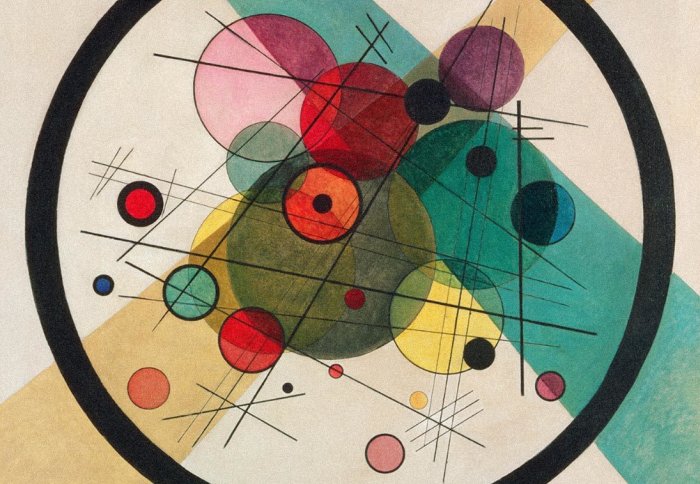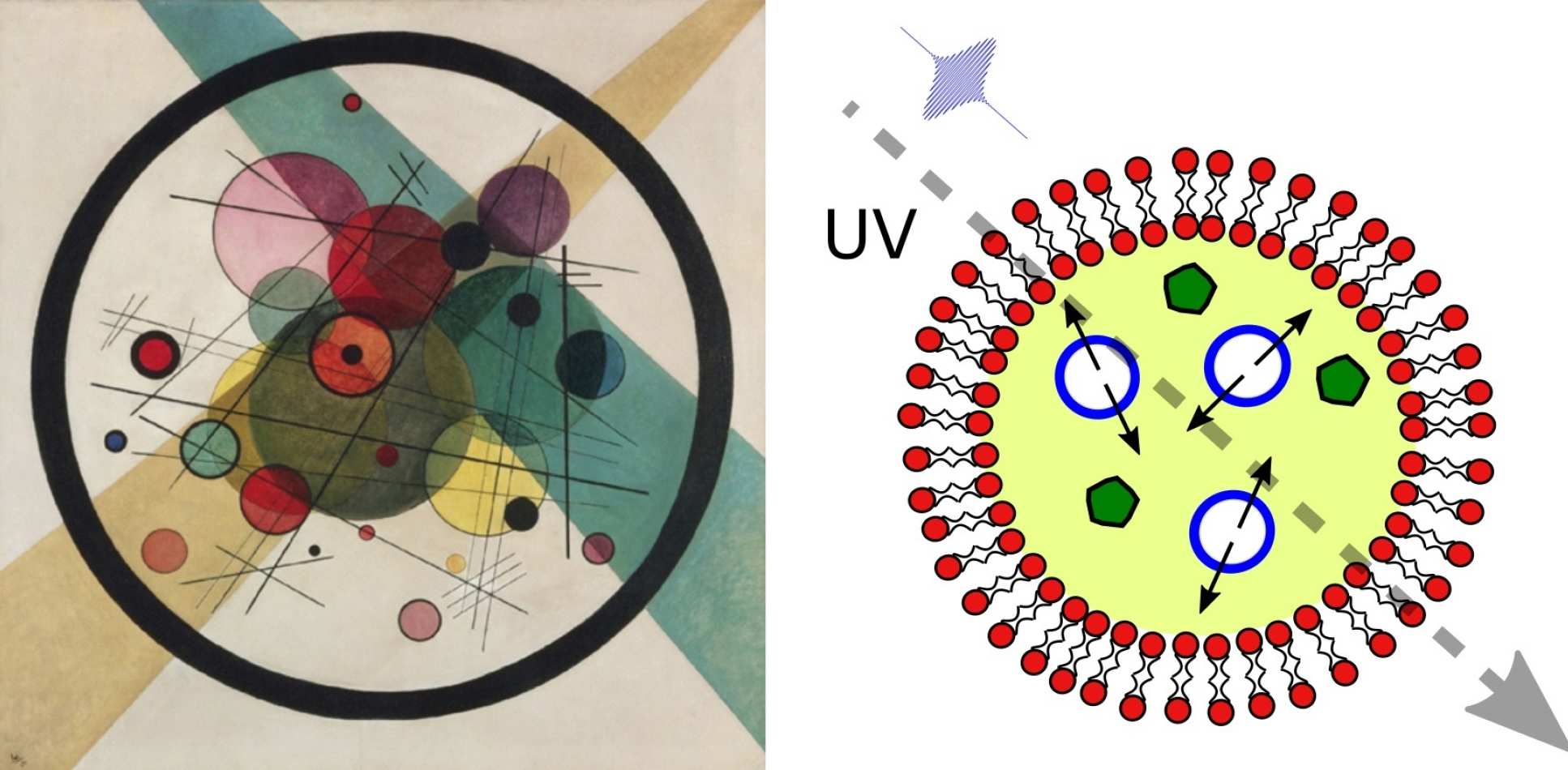Artificial cells-in-cells triggered by light act as mini chemical reactors

Artificial cells that release materials when exposed to light have been embedded in a durable membrane, allowing chemical reactions to be controlled.
These structures could be used to control the synthesis of drugs in the body on demand, as well as function as microreactors that can simplify the production of valuable chemicals.
The science of artificial cells is rapidly advancing to the point where we can mimic biological cell functions with high control and reproducibility, paving the way for targeted drug therapies and embedded biosensors. Professor Oscar Ces
Artificial cells are based on containers called vesicles, which are built from lipids. They are used by scientists because they offer more control over processes than is possible with biological or natural cells.
Researchers from Imperial College London created a series of small vesicles that react to light by breaking their membranes, releasing the materials inside. The researchers then encased all these vesicles in a larger vesicle that does not react to light.
This created a mini chemical reactor – a container for the smaller vesicles so that their released contents can react with each other in a confined space. Their method is published in the journal Nature Communications.
The team also hope that by engineering the membranes of the smaller vesicles to react to different wavelengths of light, they could precisely time the order and length of each reaction step.
Mimicking cell function
Co-author Professor Oscar Ces, from the Department of Chemistry at Imperial, said: “Our confined microreactors are a crucial step in making responsive artificial cells programmed to carry out certain reactions on cue.
“The science of artificial cells is rapidly advancing to the point where we can mimic biological cell functions with high control and reproducibility, paving the way for targeted drug therapies and embedded biosensors.”
To make the smaller vesicles react to light, the team engineered their membranes. When ultraviolet light was shone on them, their lipid membranes reacted, creating holes for the contents to escape through.
The team at Imperial have been working with artificial cell vesicles to produce a ‘toolkit’ of useful structures and functionalities. These include recent advances in coupling biological and artificial cells and sticking artificial cells together to form ‘tissues’.
Increasing complexity
Chemistry PhD student and first author of the study James Hindley hopes to control increasingly complex reactions using a series of nested vesicles that react to different wavelengths of light.
He said: “The ability to control the timing and location of chemical reactions make these nested vesicles well suited for catalytic applications. It also serves as a foundation for a second generation of nested vesicles that can be used to control multi-step reactions, enabling the production of complex molecules for use in medicine and biotechnology.”
These structures could be directed by ‘phototherapy’ – where a doctor uses light to trigger the vesicles at the right place from outside the body – or eventually the vesicles could even be induced to begin reactions by sensing chemical changes within the body associated with disease.
Science imitates art

The team have likened their mini reactor structure (right) to Kandinsky’s painting ‘Circles in a Circle’ (left).
When looking for a way to illustrate their work, the team stumbled on a painting by Wassily Kandinsky that seemed to match perfectly. Co-author Dr Yuval Elani, from the Department of Chemistry at Imperial, said: “The artwork contains circles in a nested arrangement also seen in our vesicle structures. Coloured strobes penetrating through the vesicle from the outside correspond to the UV irradiation used to trigger release in our system.
“Black dashes, streaking through the smaller inner, represent material that is released from the inner vesicles, yet still contained in the larger vesicle microreactor. As we build increasingly complex cell mimics, we can also start to envisage these dashes as communication pathways between different ‘artificial organelles’.”
-
‘Light-triggered enzymatic reactions in nested vesicle reactors’ by James W. Hindley, Yuval Elani, Catriona M. McGilvery, Simak Ali, Charlotte L. Bevan, Robert V. Law & Oscar Ces is published in Nature Communications.
-
'Circles in a Circle' by Kandinsky - Image obtained with permission from the Philadelphia Museum of Art, The Louise and Walter Arensberg Collection, 1950-134-104
Article text (excluding photos or graphics) © Imperial College London.
Photos and graphics subject to third party copyright used with permission or © Imperial College London.
Reporter
Hayley Dunning
Communications Division